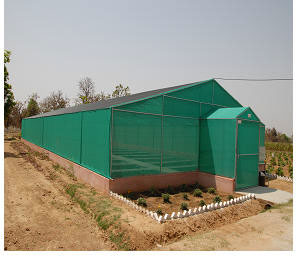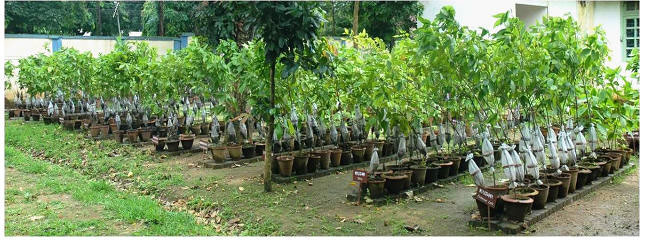| |
|
|
| |
Conservation
Approaches >>
Ex-situ conservation |
|
| |
|
|
| |
Normally
the best method of maximizing a species chance of survival (when
ex-situ methods are required) is by relocating part of the
population to a less threatened location. It is extremely
difficult to mimic the environment of the original colony location
given the large number of variables defining the original colony
(microclimate, soils, symbiotic species, absence of severe
predation, etc.). The downside to this is that, when re-released,
the species may lack the genetic adaptations and mutations which
would allow it to thrive in its ever-changing natural habitat.
Furthermore, diseases and pests foreign to the species to which
the species has no natural defense may also cripple lac culture. |
|
| |
|
 |
|
| |
Moreover,
maintenance and conservation of lac insects is a laborious process
as they have to be maintained live under protected conditions on
potted plants due to their phyto-succivorous habit and associated
pest complex.
National Lac Insect Germplasm
Center (NATLIGEC) of the IINRG maintains 72 lines of lac insects
which include 14 cultivated, 35 natural populations, 22 cross bred
/ inbred / selected and one exotic line collected from survey of
99 districts of 16 states. Work to further strengthen and augment
the conservation of lac insects is a regular activity of the
institute. |
|
| |
|
|
| |
 |
|
| |
|
|
| |
|
|
| |
|
|
|
| |
QUICK LINKS |
|
|
| |
Contact Us |
Contact
Network Centres |
|
Role of
Network Centres |
Email
address |
|
Copyright @ 2014 Indian
Institute of Natural Resins & Gums (ICAR), Ranchi - 834 010, INDIA |
|



